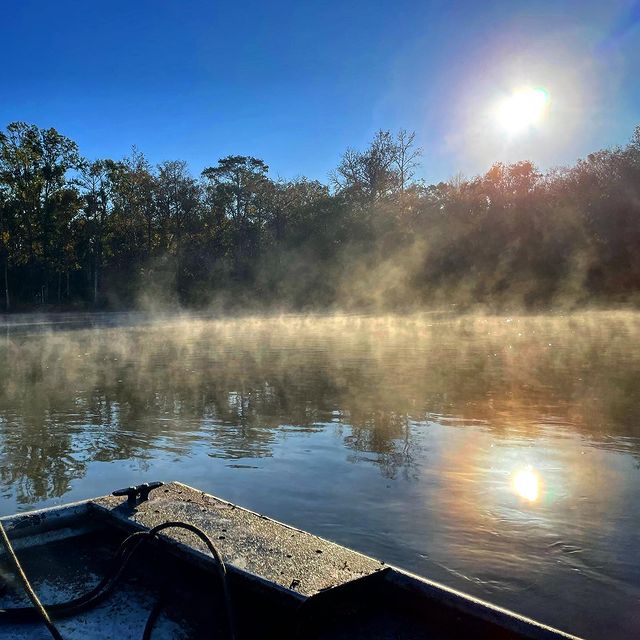
From project manager Ken Jones:
The fall was a big time for our entire slough team. We had to wait for low water to get back into the areas to see exactly what we were dealing with. Hurricane Sally gave us all a major setback in September. However, everyone jumped into the work once the river dropped late that month. Sometimes it seemed unorganized and we tended to bump into each other out in the swamps, but there was always a helping hand and a great deal of patience as we ferried teams to the various locations where work was to be conducted. We all got real wet as we waded through sloughs and swamps to carry equipment and conduct surveys. We were able to survey the entire lengths of Spiders Cut, Douglas Slough and East River, using a variety of techniques, including laser and sonar, to collect about four miles of information that will allow us to accurately measure the amount of sand we need to remove to allow each of the sloughs to properly flow.
Other teams set about 40 well points across eight 500 to 1000 meter transects in Douglas and Spiders. Once water levels drop again, we will be able to measure the change in water levels in the swamps at low flow periods. We also set water quality and water level stations and deployed meters that will provide valuable information on how flow through the sloughs changes with water levels. We also collected soil cores that will help us confirm that the material in the sloughs is sand and is only there due to dredging impacts.
A special thanks to Franklin’s Promise, a comprehensive youth development program for young adults 14-25 years of age, that cut lines through Spiders and Douglas as well as to Shannon Hartfield and Jeff White and company for cutting tracks and ferrying people back to the backlands to work. It takes a special skill they possess that allows them to jump downed logs in the slough with their boats without destroying their motors. Without their help we would have been doing a lot more walking and conducted a lot less work!
The work in the fall was vital to maintaining our schedules for the grant. With everyone pitching in we made considerable headway towards our goals.
From John Tracy, Graduate Assistant with the Sharma Lab, West Florida Research & Education Center:

In the last quarter of 2020, our forest vegetation team, comprised of John Tracy, Justin McKeithen, and Dr. Ajay Sharma, made 6 trips to the Apalachicola floodplain. We were able to establish 6 transects and 32 data collection plots across Spider’s Cut. We also established 2 transects and 15 data collection plots across Douglas Slough. We battled vines, downed trees from hurricane Michael, fluctuating river levels and temperatures, but we were successful in setting ourselves up for data collection starting in the first quarter of 2021. We aim to begin our forest overstory estimations during the winter months when larger deciduous trees can still be identified by their bark and branching. After Spring sets in and leaves become fully established, it will make estimation of mid-story and ground vegetation more accurate, so we will likely begin those estimates around May. If all goes to plan, we will complete our baseline estimates of forest vegetation by Fall of 2021 before the proposed removal of sand deposits at the headwaters of the sloughs begins.
To learn more:
John Tracy’s social media accounts: Instagram: @gulf_coast_forester | Twitter: @HWforestecology
Apalachicola Riverkeeper’s slough restoration project web page.


